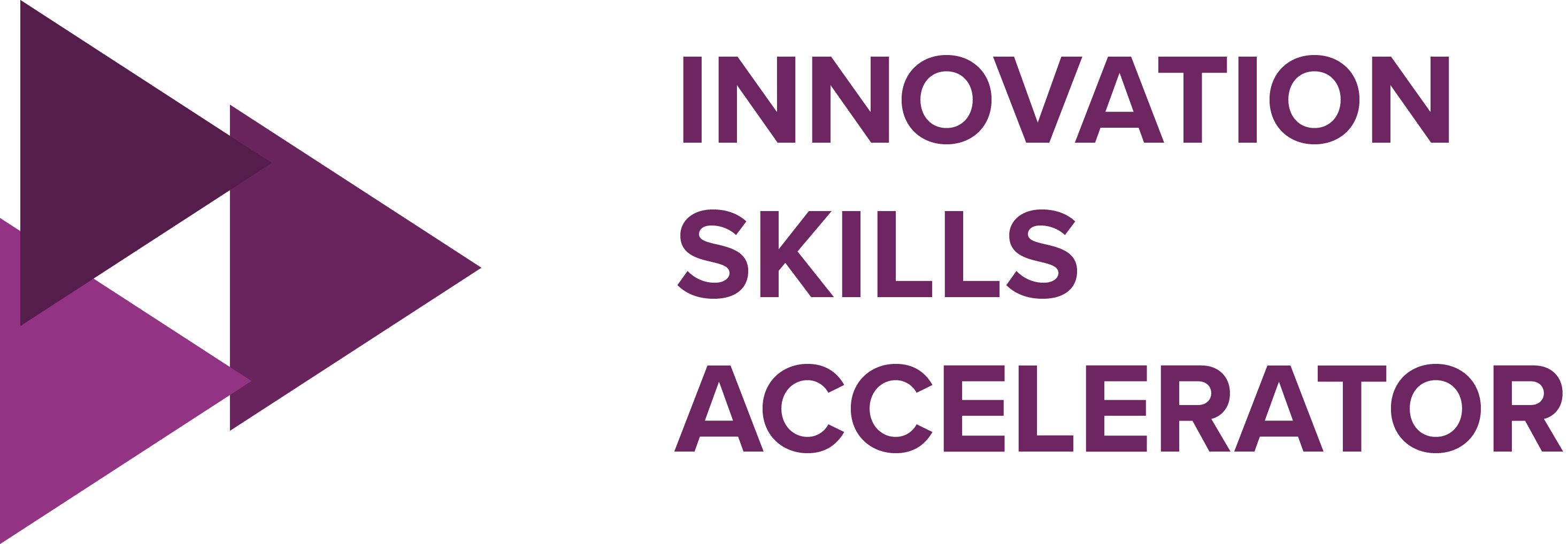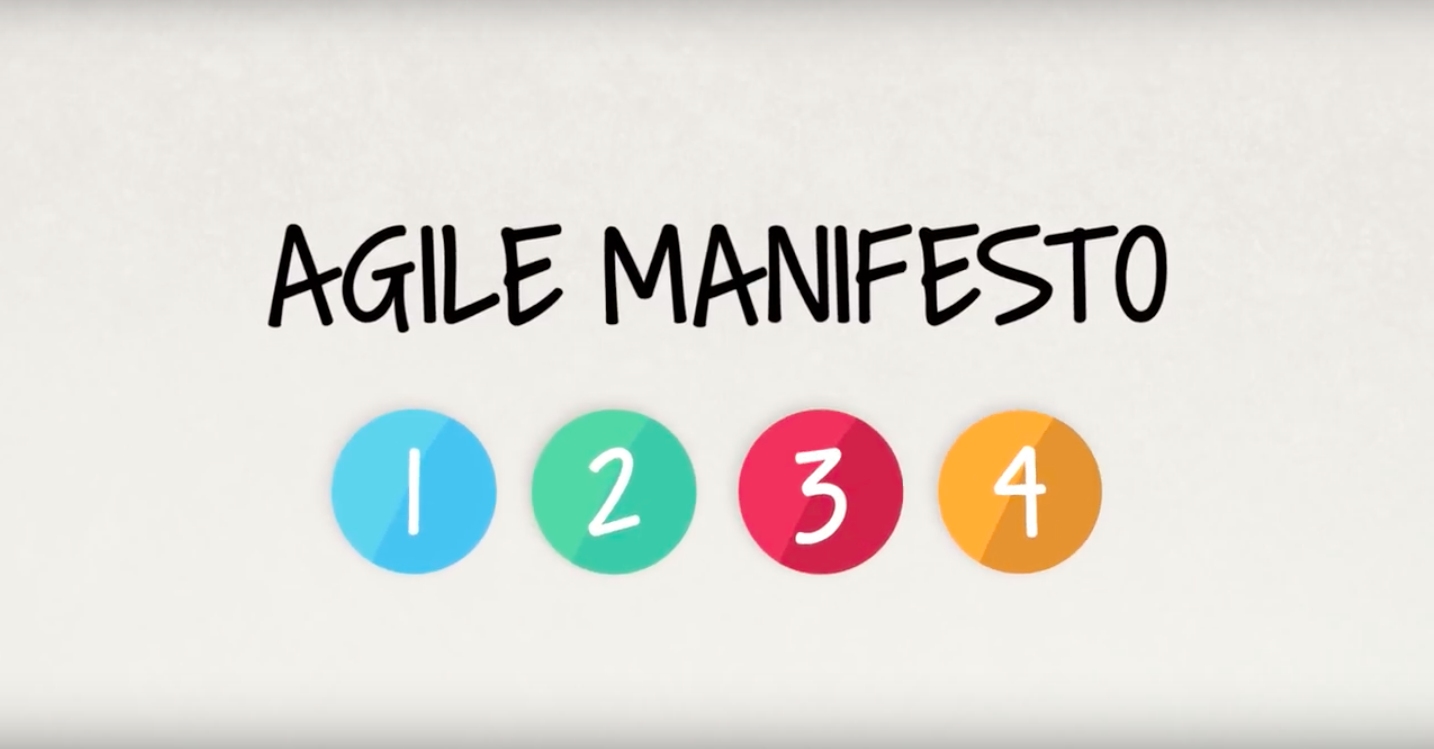Option 1:Correct! Using and collaborating with resources outside of government is just one of the ways that Samir leverage public entrepreneurship is his project.
Option 3:Correct! By tapping into the collective intelligence of the public, he was able to utilize the expertise of thousands of people to develop solutions more rapidly and in a more cost-effective manner than would have otherwise been possible
Option 2:Unfortunately, this is not correct. While Samir took on a large-scale public problem, he did not spend years developing a plan before executing it. Rather, he needed to move quickly to realize results, which is why he tapped into the collective intelligence of the global public to advance his plan.
Option 4: Unfortunately, this is not correct. Samir’s plan used the general public - including, but not limited to experts - to further his goals. It’s important to remember that even members of the general public - through their own lived experiences - can help us solve even the most complex challenges.
You're right but there's more to this answer. Please try again!
Correct! We cannot and should not be reckless with taxpayer dollars under any circumstance. While it is important to take risks, those risks must be measured, and responsible - we must always be conscious of our fiduciary obligations to safeguard taxpayer funds and use them responsibly.
Unfortunately, this is not correct. While public entrepreneurs do accept that there are risks involved when working in new ways, we must always be careful and respectful of the fact that we are using taxpayer resources to explore new and innovative solutions.
You're right but there's more to this answer. Please try again!
Correct! When working in an agile fashion, we don’t have to have a 100% complete product or service before release it to the public - rather, we want to create an environment in which we can test and iterate on a product or service to constantly improve it.
Option 1:Unfortunately, this is not correct. Building smaller is a central component of working in an agile manner - doing so allows us to correct course more efficiently, and develop a more effective product in the long-term.
Option 2:Unfortunately, this is not correct. Testing and iterating on potential solutions is a core component of working in an agile manner. When we develop products and services interactively, we have to test them to ensure they work, and make improvements on our previous products to improve them based on what we learn from testing
Option 3:Unfortunately, this is not correct. Breaking down complex and large projects into smaller components is essential to being agile - doing so allows us to make adjustments and corrections, and not be locked into an unsuccessful outcome.
You're right but there's more to this answer. Please try again!
Correct! Open Innovation is focused on solving problems with the public, tapping their intelligence and expertise.
Option 1:Unfortunately, this is not correct. While important, agile project management refers to iterative, modular project management.
Option 2:Unfortunately, this is not correct. Human-centered design is about exploring and accounting for the context, behaviors, and needs of relevant members of the public in an effort to understand how they experience a challenge.
Option 3:Unfortunately, this is not correct. Experimental working is focused on creating more flexible ways of working that promote creativity while ensuring accountability
You're right but there's more to this answer. Please try again!
Correct! In this instance, we would be using data to drive our decision making to create a tool that could address the needs of many of our service’s users. The fact that this decision is based on data - not a hunch or anecdote - makes it the best example of evidence-based decision making
Option 1: Unfortunately, this is not correct. Just because one agency does something, doesn’t mean that there’s data that underlies their decision. If you were looking to use the precedent of another agency developing a mobile application as a justification for developing one at your agency, you would want to understand what data drove their decision to create that application, and then determine if it applied to your use case as well.
Option 2: Unfortunately, this is not correct. While we wouldn't want to dismiss the requests of these citizens, if we developed a mobile application based on these requests, we would be relying on anecdotal justification in our decision making
Option 4: Unfortunately, this is not correct. In this example, we would want to point to data or evidence that would justify our decision. While we may in fact be able to create a better solution through crowdsourcing or a prize-backed challenge, we are not relying on data to drive that decision, and thus is isn’t a good example of data-driven decision making.
You're right but there's more to this answer. Please try again!
Correct! Starting with a loose and iterative roadmap for getting from idea to implementation – even if the decision is made to deviate from the path – is an essential reflective step for the public entrepreneur.
Unfortunately, this is not correct. While agile project management practices don’t require us to have a 100% complete product or service before we release it to the public, that doesn’t mean we don’t have to plan. Starting with a loose and iterative roadmap for getting from idea to implementation – even if the decision is made to deviate from the path – is an essential reflective step for the public entrepreneur.
You're right but there's more to this answer. Please try again!
Option 1: Correct! Understanding how people experience the problem you are trying to solve is an essential part of human-centered design
Option 2: Correct! Testing potential solutions with real users is integral to human-centered design, as it allows us to learn whether or not our solutions are having the impact we intend them to.
Option 4: Correct! If we were going to develop a new product, policy or service, we would want to understand how people experience current practices that we might replace - this will give us insight into what changes we may want to consider making.
You're right but there's more to this answer. Please try again!
Unfortunately you have selected an incorrect option. Please try again!
Option 3:Incorrect! When practicing human-centered design, we would first want to research and consider how people experience the problem before we develop a potential solution to test.
Option 2: Correct! In government, it is always challenging to change the direction or “pivot” on an existing project due to many factors, including bureaucracy and procurement regulations.
Option 3: Correct! Many institutions, rules and regulations were created long before the advent of cutting-edge technologies that pubic servants can leverage today
Option 1: Unfortunately, this is not correct. When solving public problems, there is almost always some amount to data or evidence that can help inform decision-making
- some of this data may need to be collected or sought out, but some may be easily accessible - you have to look for it to discover it.
Option 4: Unfortunately, this is not correct. The public can meaningfully contribute to government projects if provided an opportunity to.
Open innovation is just one of many ways that the public can add value to solving public problems.
You're right but there's more to this answer. Please try again!
Correct! This is a great example of enabling the public sector to widen the pool of potential problem solvers beyond the “usual suspects” and get good ideas from more diverse sources.
Option 1:Unfortunately, this is not correct. While this approach may in fact be an appropriate solution for a given problem you are trying to solve, it does not represent an example of open innovation.
Option 2:Unfortunately, this is not correct. Open innovation is about engaging a broad array of resources - the public, experts, and key stakeholder - outside of government to help inform and contribute to the solving of public problems.
Option 4: Unfortunately, this is not correct. Open innovation is about engaging resources - the public, experts, and key stakeholder - outside of government to help inform and contribute to the solving of public problems.
You're right but there's more to this answer. Please try again!
Option 1:Correct! A public entrepreneur should always consider what data might be available to help inform her decision making
Option 2:Correct! While open innovation techniques might not always be necessary, it’s important to consider how the collective intelligence of the broader public could contribute to solving public problems
Option 3:Correct! Human-centered design approaches, such as thinking about how problems impact people, and how people experience a given problem, are important to consider when solving public problems.
Option 4:Correct! Any public problem-solving process should begin with developing a strategy for propelling the problem-solving process forward along an agile trajectory.
Unfortunately you have selected an incorrect option. Please try again!
You're right but there's more to this answer. Please try again!





